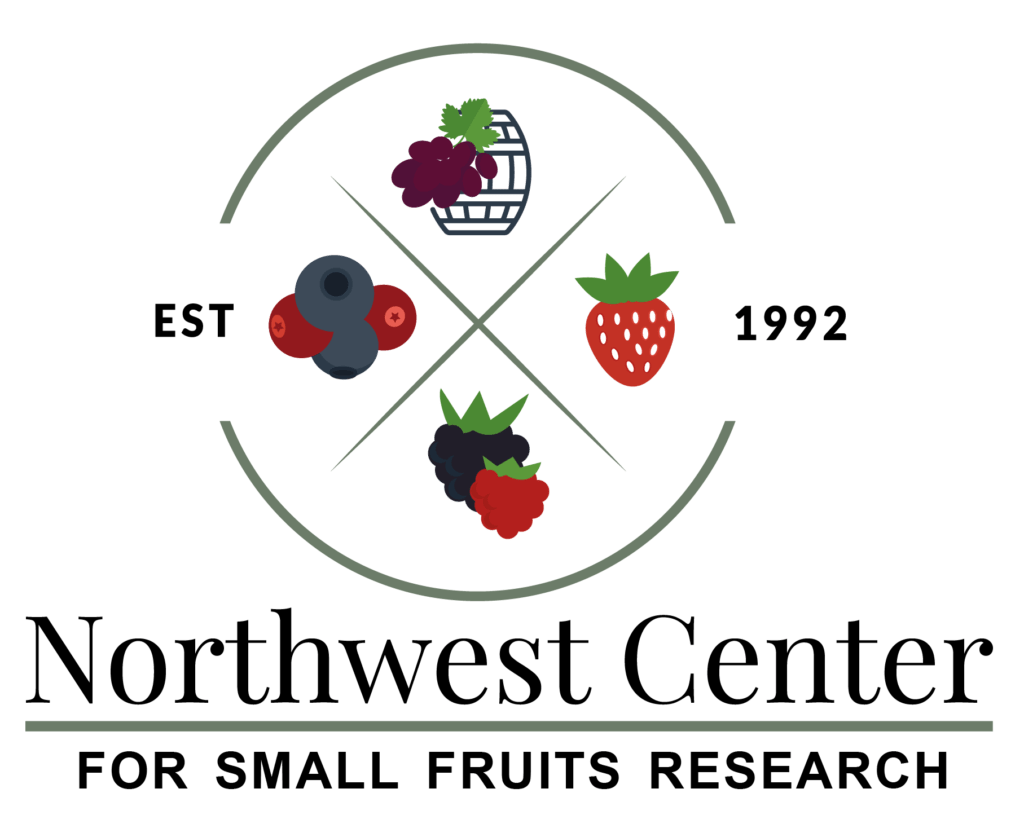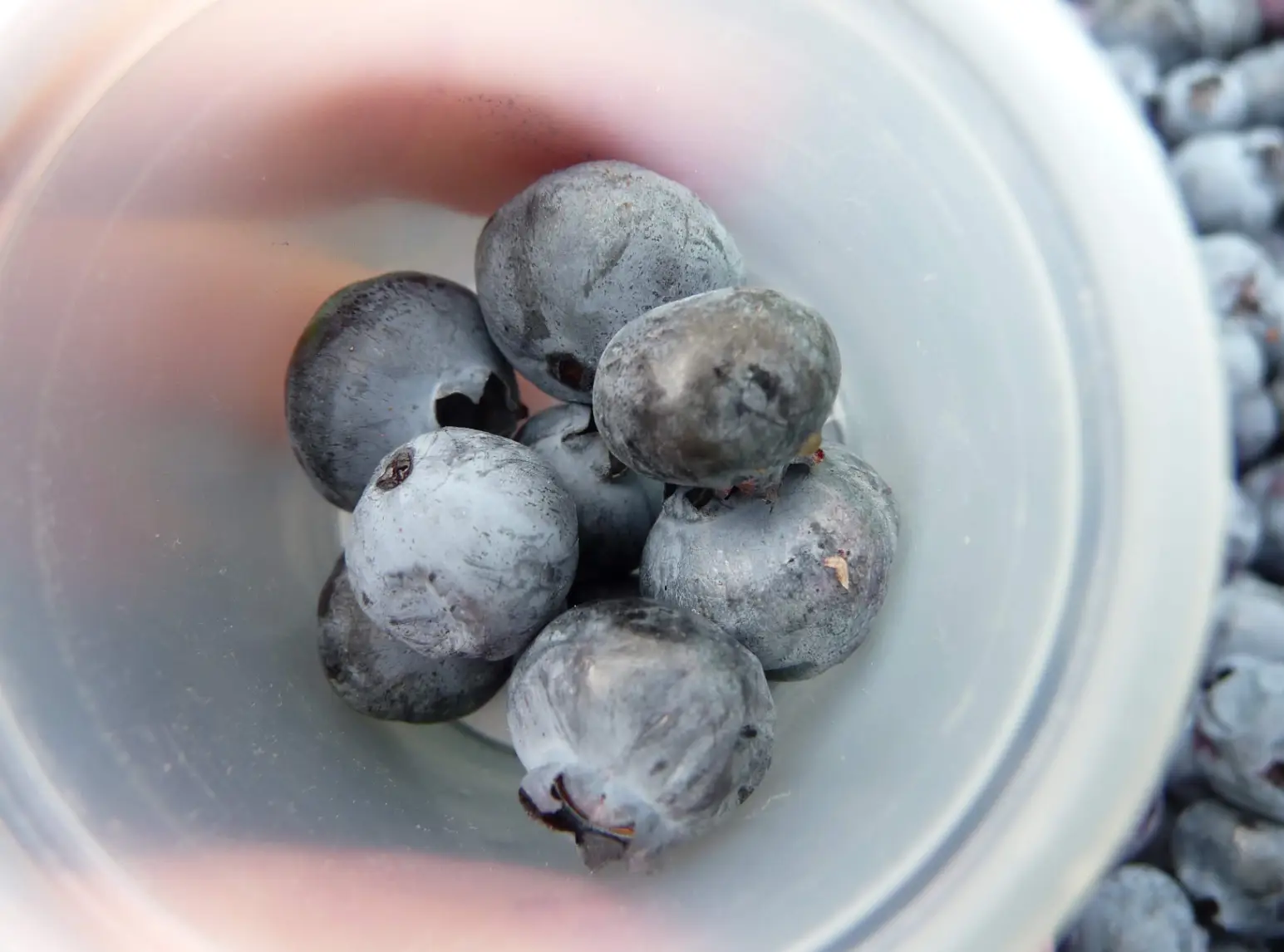Black raspberry is a well-known Pacific Northwest specialty crop with unique flavor and nutritional attributes, but also unique vulnerabilities. A prominent threat facing the crop is the aphid-vectored Black Raspberry Necrosis Virus. Natural genetic resistance to aphids has been identified in black raspberry germplasm in Maine (ME), Michigan (MI), and Ontario (ON), Canada.
In a collaboration between OSU and USDA-ARS researchers, genetic linkage mapping found three separate but linked genetic loci on Rubus Linkage Group 6 (RLG 6). Attempts to target these loci with genetic markers could not clearly distinguish the three from each other.



